A Washington-based startup, New Frontier Aerospace (NFA), has successfully tested its Mjölnir rocket engine, a compact, 3D-printed powerhouse that could transform hypersonic drones and space vehicles. Using liquid natural gas (LNG) for cleaner combustion, this engine marks a leap in efficiency and sustainability, backed by NASA and the Defense Innovation Unit, as detailed in NFA’s recent announcement.
Breakthrough in Engine Technology
Mjölnir’s full-flow staged combustion cycle sets it apart, a design shared by elite engines like SpaceX’s Raptor. This system gasifies fuel and oxidizer before combustion, boosting efficiency and thrust while extending engine life for reusable platforms.
At just a fraction of the size of traditional engines, Mjölnir delivers high performance, with tests showing stable ignition, precise throttling, and consistent thermal output over multiple cycles. Its 3D-printed construction slashes costs and speeds up production, enabling rapid design tweaks for diverse applications.

Powering Hypersonic Drones and Beyond
The engine will drive NFA’s Pathfinder, a hypersonic vertical takeoff and landing (VTOL) drone set for hover tests in early 2026. Pathfinder targets rapid-response logistics and military strikes, offering unmatched speed and maneuverability with vertical launch and recovery capabilities. Mjölnir also powers Bifröst, an orbital transfer vehicle launching in 2027, designed to reposition satellites in low Earth orbit using minimal propellant.
“Mjölnir’s compact design, unmatched efficiency, and clean fuel make it a game-changer for hypersonic flight and space propulsion,” said Bill Bruner, NFA’s CEO, emphasizing its role in these platforms.

Cleaner Fuel for a Sustainable Future
Unlike conventional engines burning RP-1 or liquid hydrogen, Mjölnir uses LNG, which burns cleaner and can be sourced from bio-waste to achieve net carbon-negative operation. This aligns with the aerospace industry’s push for sustainable solutions, reducing environmental impact without sacrificing power. For drone operators, this means lower operational costs and compliance with tightening emissions regulations, while military clients gain a strategic edge with eco-friendly, high-speed systems.

Industry and Regulatory Implications
NFA’s decision to market Mjölnir as a standalone product opens doors for drone manufacturers and space firms seeking advanced propulsion. Its modular design suits reusable vehicles and high-speed platforms, potentially lowering barriers for smaller players in the $370 billion (USD) aerospace market. NASA’s funding and oversight, alongside interest from the National Security Innovation Capital, signal strong regulatory and defense support, likely easing certification for commercial and military use. However, scaling production and meeting stringent safety standards remain challenges as NFA expands.

A New Era for Drone Propulsion
Mjölnir’s test success positions NFA as a leader in next-generation propulsion for hypersonic drones and space systems. With its clean fuel, compact design, and proven performance, the engine addresses operational demands for speed, cost, and sustainability. As Pathfinder and Bifröst near their debuts, Mjölnir could redefine how drones operate in military, logistics, and space applications, offering a blueprint for the future of high-performance flight.
Photos courtesy of New Frontier Aerospace / SpaceX
Discover more from DroneXL.co
Subscribe to get the latest posts sent to your email.

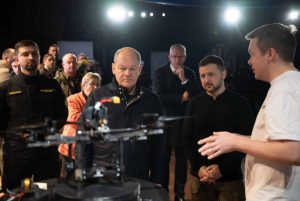

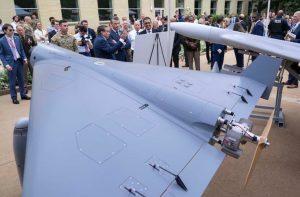


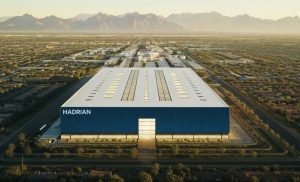


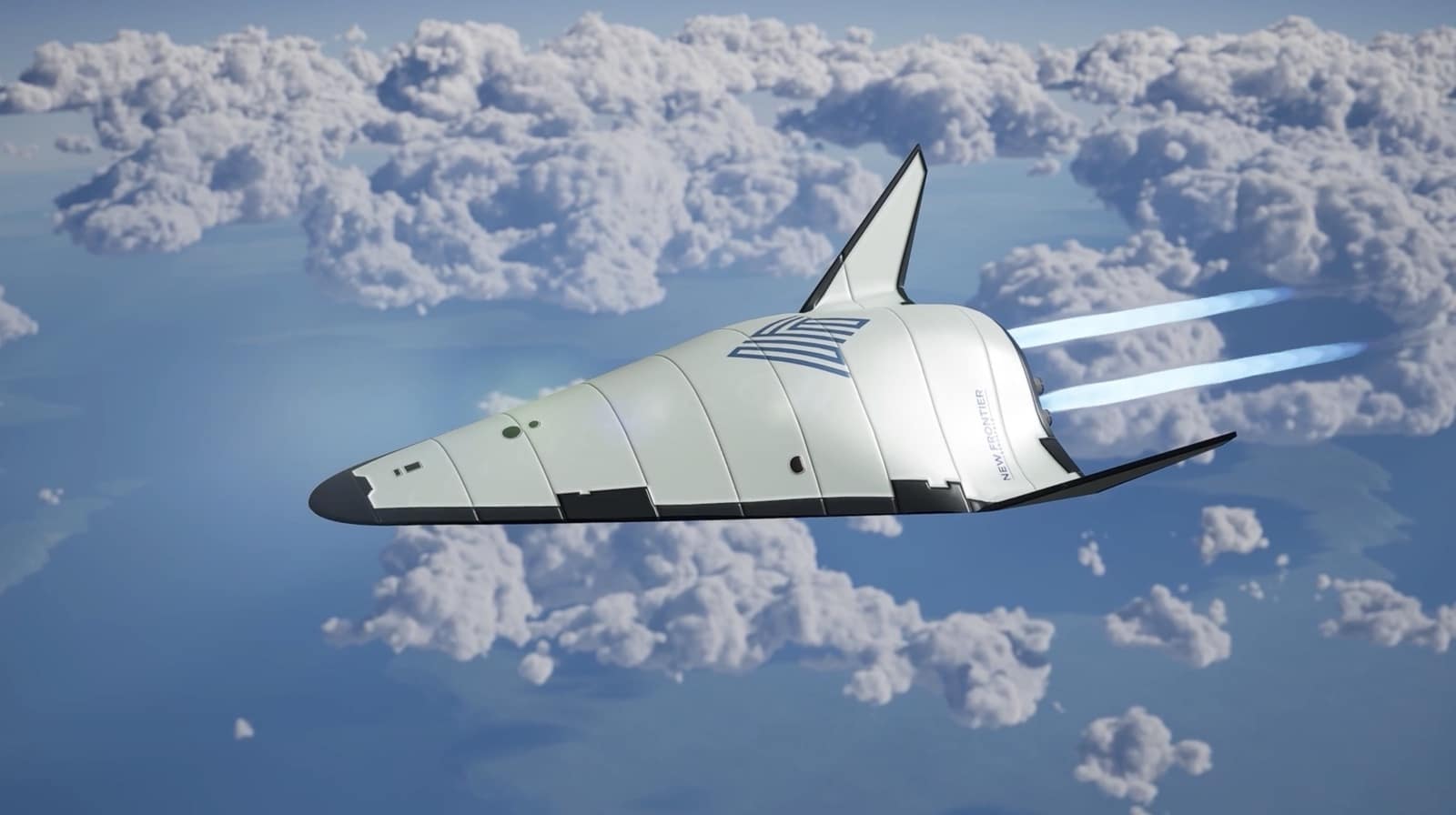

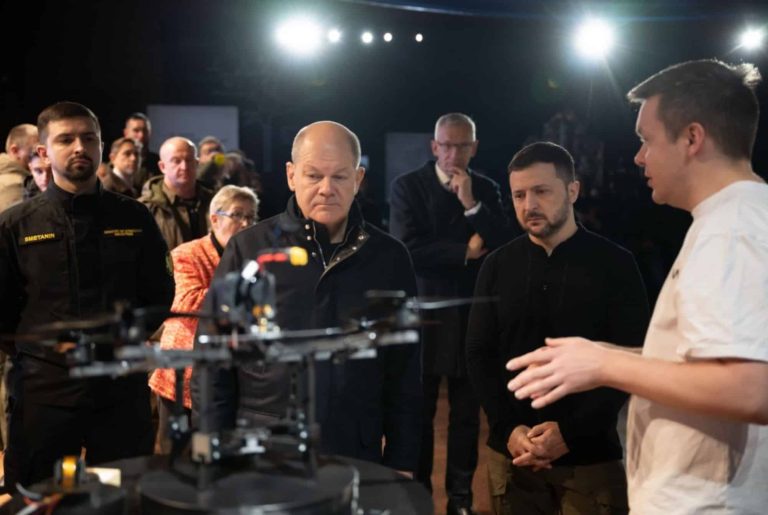
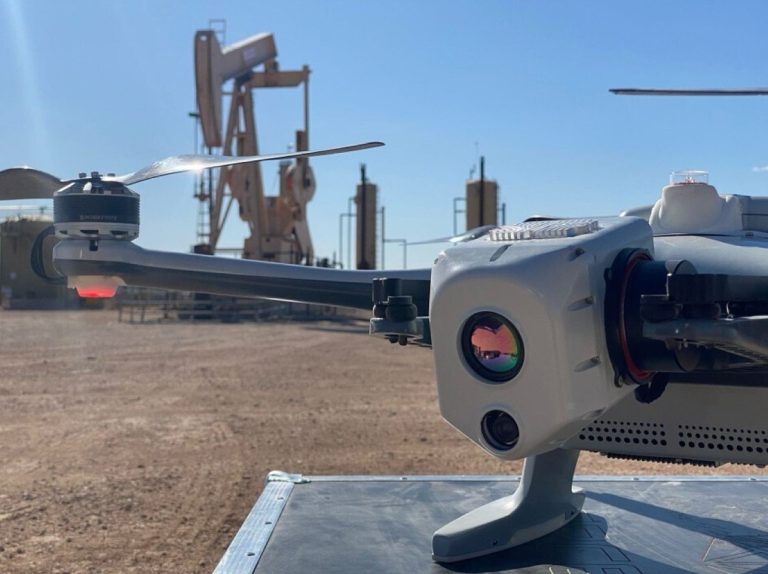



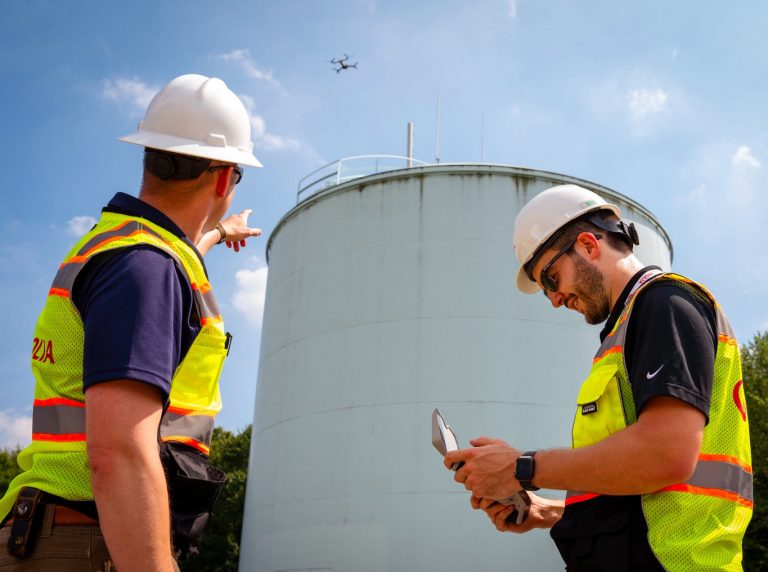
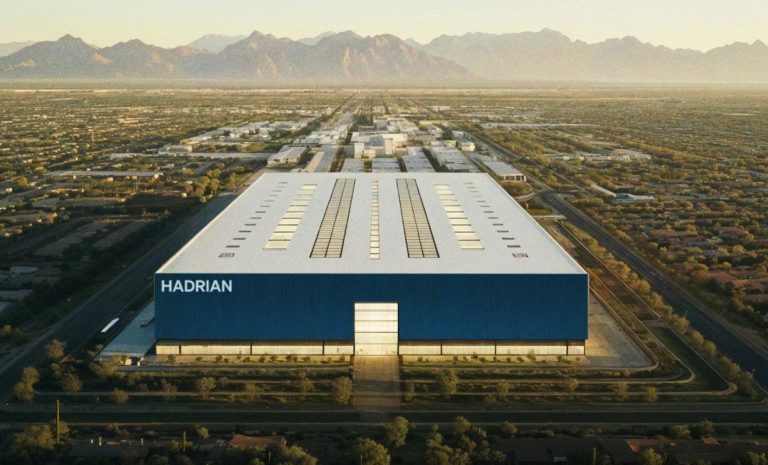

+ There are no comments
Add yours